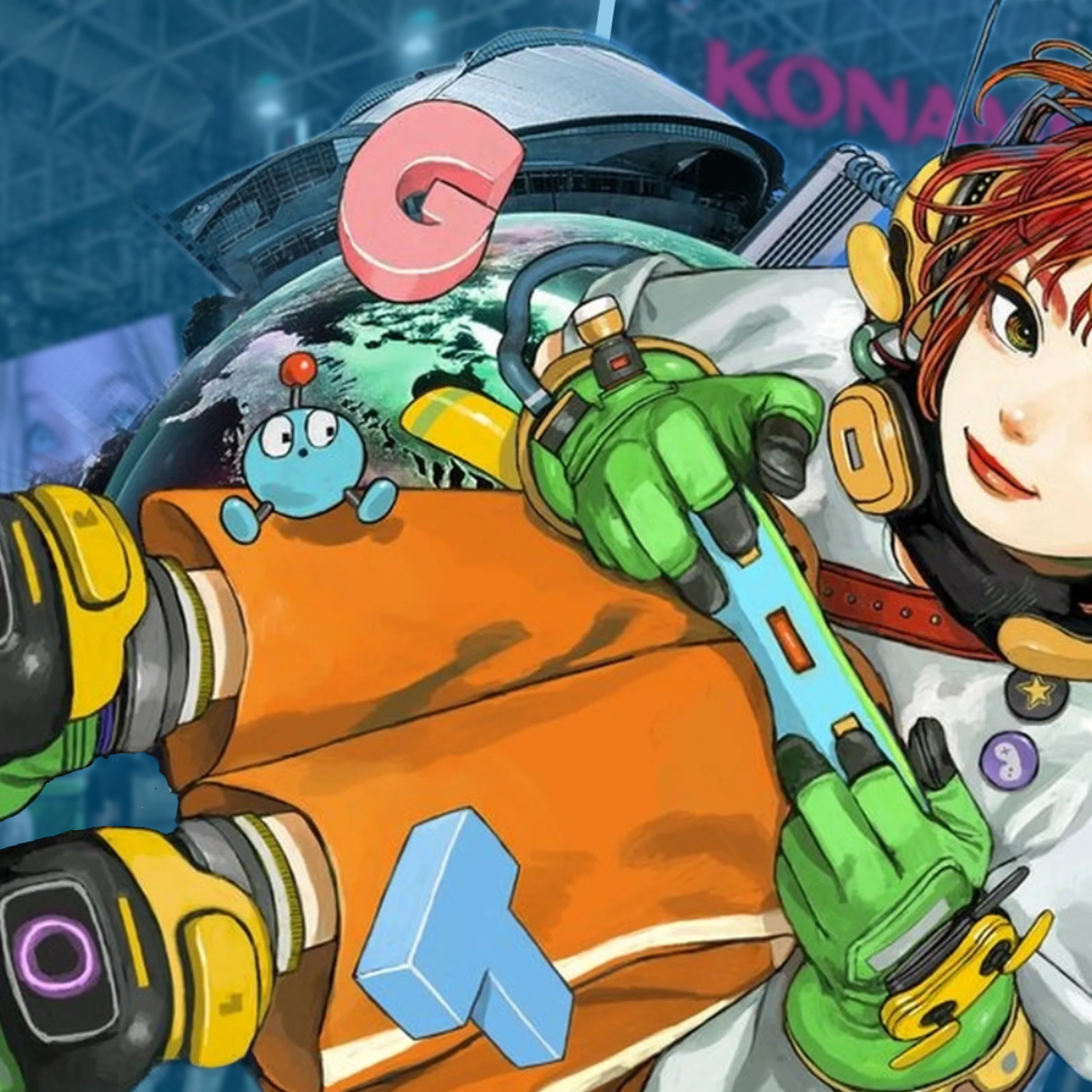As the Western games industry spirals, TGS 2025 showed Japan is resurgent – though you might not recognize that over live streams
By Alex Donaldson
Copyright eurogamer

It’s fair to say that the Tokyo Game Show is back. This may have been the case over the last few years, to be honest – but this year marked my first post-pandemic return to Japan’s premier gaming festival – and in honesty, walking around the venue, I was shocked.
I’ve got a bit of a history with TGS. For many years I did something which few Western games media did: I went almost every year. That’s the influence of co-owning a website dedicated to role-playing games, a genre that has always been fairly Japan-centric. But that also meant that over the course of the 2010s I got to watch TGS dwindle. We talk a lot about the brutally swift decline of E3, but in those years the disintegration of TGS was arguably worse. By 2018, we’d reached the point where the show wasn’t even worth the cost of getting out there even to a website like RPG Site, where JRPGs were bread and butter. I tapped out.
This year, I returned to Chiba’s Makuhari convention centre on a bit of a whim. I didn’t really expect the show to be all that good, and I wasn’t really left all that excited by the snaking lines to get in on business day, for even when TGS was rubbish a lot of punters used to show up. But after a short exploration of the halls, I realized something: this show is brilliant again.
Watching the show from afar over livestreams, you could be forgiven for not necessarily recognizing that. In true Japanese industry tradition there’s a lot of stage shows where developers vaguely waffle without actually saying much while voice actors do little celebrity turns and the like. The live streams beamed westwards were relatively inconsequential too – a meagre obligation of a show from Xbox, casual streams from the big Japanese publishers, and a PlayStation State of Play that, while good, had next to nothing to do with what Sony was showing off in Tokyo.
This doesn’t necessarily feel unique to TGS, though. It charts the overall arc of the industry in the sense that publishers have moved away from wanting to showcase big drops all together and all in one place, therefore fighting amongst themselves for eyeballs and coverage. It’s easier to pick your own unique spot for your game’s big moment. That hurt all shows; just as we’re never getting E3 press conferences back again, Square Enix is unlikely to restore the mythical Closed Mega Theatre which was such a source of business for me back in the day.
TGS has pivoted, and in a sense the show has broadly become more about context. Take Capcom, for instance: it’s this show where it chose to contextualize the gameplay systems and overall loop of Pragmata after holding it back so that players could first understand its core shooting-meets-hacking combat concept. Likewise for getting deeper into how much Monster Hunter Stories 3 is breaking from its predecessors to try something new. There’s news to be had here, but not as big splashes – but in this new world, that’s fine.
The proof that it’s fine is in the show floor, which in 2018 was anemic and primarily populated by the worst kinds of predatory mobile games and endless merch stands. I remember meandering the show floor with Martin Robinson, who was then back on Eurogamer, and the pair of us just turning to each other after a few hours and going: “is that it?” I remember I was clutching some TGS-exclusive vinyl record printing of the Mega Man 2 soundtrack, my only major gain of the day and totally useless from a work perspective. Martin characteristically had bought some Mega Drive stuff, I think. “Is it pub time already?” It was. But in 2025, the show floor is vibrant and exciting once again.
This is where you get the image of a resurgent Japan. Which, to be fair, we all know they are – we all see that in Capcom’s climb to become arguably the best third party publisher in games, in Konami returning to gaming proper after years away, and in a Sega that seems to have a thrilling plan to chase in Capcom’s wake. But all of this is more corporeal on the ground with enormous stands and excited throngs of excited gamers. You sense it more. You also sense that the importance of TGS, and Japan in general, is not just in the big Japanese publishers.
The game mix has shifted, for instance. Mobile gaming is still massively important – one of the biggest culture shocks visiting Japan as a gamer is always how everyone is gaming on their phones, all ages, all genders – they’re all in one gacha mine or another on their commutes. That isn’t going away, but it feels like console games are cemented again, no longer in retreat.
The recognized importance of Japan comes in the form of a huge international presence. The big Chinese and Korean brands have absolutely enormous stands. The biggest game of the show is undoubtedly Ananta, the fascinating free-to-play action game out of China which at once channels GTA, Spider-Man, Genshin, and countless other things. Indie-signing publishers like Annapurna Interactive and Red Dunes Games show up big. There’s huge government and trade body sponsored stands from countries like Italy, Germany, and France, where local trade shows are peddled to the Japanese and chosen indies get to ply their wares to a whole new audience.
As Eurogamer, it feels important to note that Britain had no such presence at all – which feels like a huge loss and error on the part of the UK government, UKIE and the like. But the fact I am saying that is in itself a sign of how TGS has changed: a few years ago, I would’ve been calling these countries absurd, rolling my eyes at a waste of money on an undynamic market that didn’t appear to care. Now, however, I’m frustrated to see my own country missing the opportunity. In short, it feels that TGS is once again a place to be seen internationally.
And then there’s the after hours. Grabbing a drink or dinner, catching up with industry colleagues in Japan, one really does get the impression that this country’s industry is once again happy, confident, and building. Once again, it’s a massive contrast to the vaguely panicked and lost Japanese industry I experienced in the 2010s.
It also draws a sharp contrast to the West. At one point I sat with some Western-based publisher employees and one of them basically described walking around TGS in the terms of that classic “I’m starting to get this feeling…” scene from Peep Show. Things on our side look so bad – and Japan looks so good. The fact an excellent TGS has been followed with another round of brutal studio layoffs and an EA deal that is sure to have terrible consequences seems to only underline matters.
But Japan? Japan feels like it has found its mojo again. TGS is a representation of not only its industry, but in how it is perceived by the rest of the world – and it feels like the good times are back again. Is it necessarily worth all that outlay to travel there as media, in raw input/output terms? Well, I’m sure my accountant would say no. But being there feels right again – which hasn’t been the case for years.



